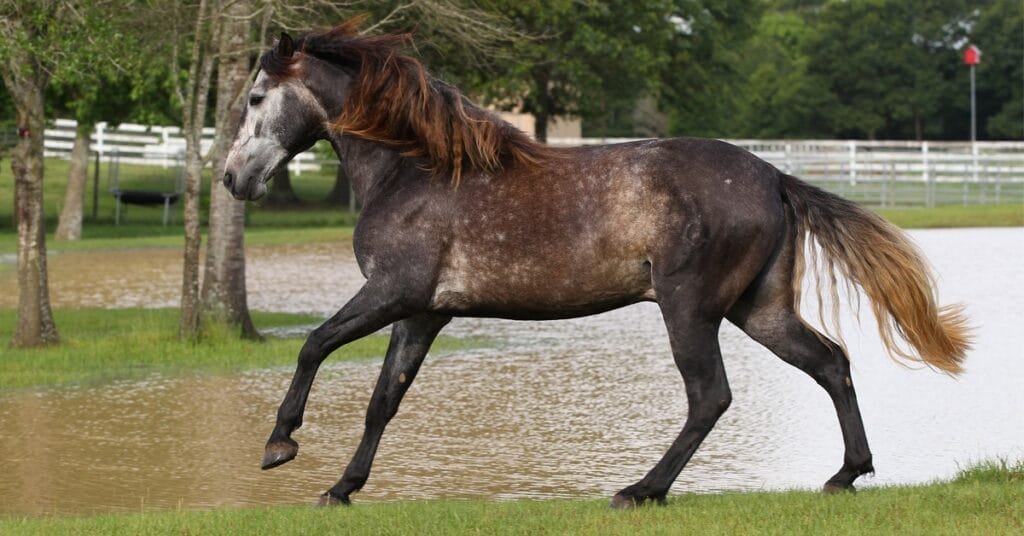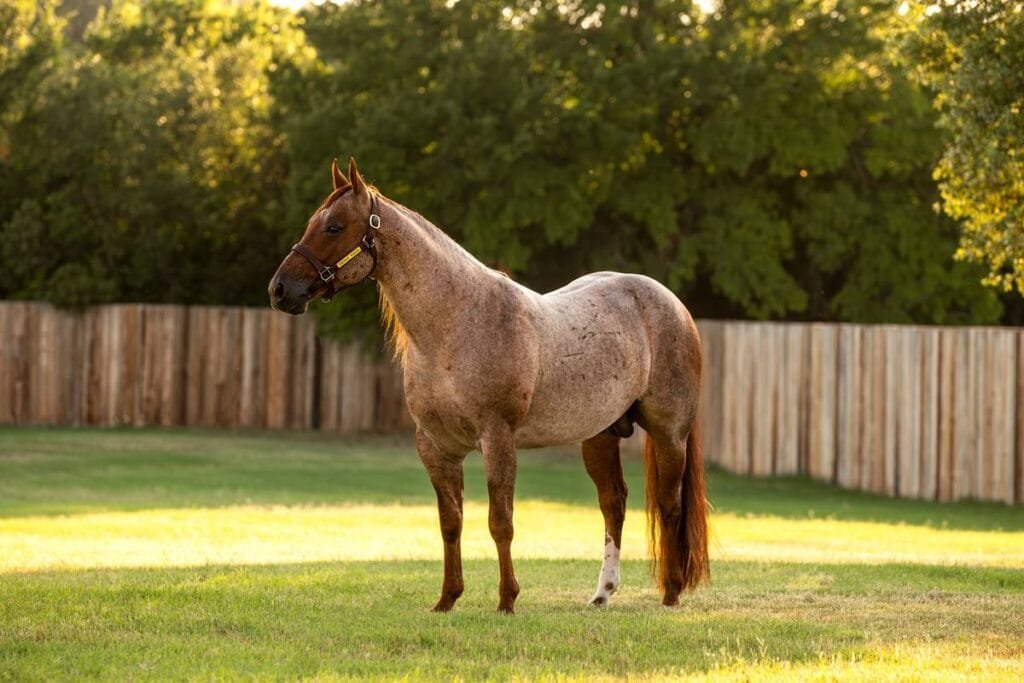The Iberian horse is one of the most iconic and influential equine types in the world.
Known for its beauty, intelligence, and graceful movement, this horse has long captured the imagination of riders, artists, and historians. Rooted in the Iberian Peninsula—which includes modern-day Spain and Portugal—the Iberian horse is more than just a breed; it’s a symbol of a culture, a legacy of conquests and courts, and a living piece of history.
For centuries, these horses have been prized for their agility, nobility, and versatility. They’ve been war horses, dressage stars, ranch companions, and royal parade animals. Whether galloping into battle or dancing in the dressage arena, the Iberian horse moves with pride and power.
Let’s explore what makes these horses so special—from their ancient origins to their modern influence.
Ancient Roots and Noble Blood
The history of the Iberian horse dates back thousands of years. Archaeological evidence suggests that horses lived on the Iberian Peninsula as far back as 20,000 years ago. Over time, these native horses were shaped by both natural selection and human hands, producing a breed perfectly suited to the mountainous terrain and varied climate of Spain and Portugal.
The Iberian horse was later influenced by Carthaginian, Roman, and Moorish invaders, all of whom brought their own breeds and breeding practices. However, the Iberian type remained distinct—compact, strong, and quick-thinking.
By the Middle Ages, the Iberian horse had become a favorite among European nobility. These horses were used in jousts, bullfighting, and classical dressage, and they became the foundation for many modern breeds.
Two Main Breeds: Andalusian and Lusitano
When people refer to the “Iberian horse,” they’re usually talking about two closely related breeds:
1. The Andalusian (Pura Raza Española)
- Origin: Spain
- Known for: Its elegant appearance, long flowing mane, and expressive movement.
- Traits: Proud carriage, compact body, strong neck, and powerful hindquarters. Andalusians are especially known for their natural ability in collected movements, making them excellent dressage horses.
2. The Lusitano
- Origin: Portugal
- Known for: Its agility, bravery, and exceptional performance in bullfighting, classical dressage, and working equitation.
- Traits: Slightly leaner and more athletic than the Andalusian, with a calm but courageous temperament. Lusitanos are famous for their fast reactions and connection with their riders.
Though these breeds have been developed slightly differently over the years, they share a common ancestry and many similar features. In fact, for much of their history, they were considered one and the same.
The Iberian Horse in War and Art
The Iberian horse was not just admired—it was feared on the battlefield. During the Renaissance, these horses were among the most prized mounts for European cavalry. Their ability to turn quickly, charge with power, and respond precisely to their rider made them ideal for mounted combat.
Beyond war, Iberian horses have left their mark on art and literature. From ancient Roman mosaics to paintings by Velázquez and Goya, these horses have been celebrated as symbols of grace and nobility. In Spanish and Portuguese culture, the Iberian horse is still a proud emblem of national identity.
Movement and Temperament: Made for Elegance
One of the most admired features of the Iberian horse is its movement. They are naturally talented in movements like the piaffe, passage, and pirouette, which are central to high-level dressage. Even without formal training, many Iberian horses demonstrate an ability to carry themselves in a collected, elegant way.
Temperament:
- Intelligent: Quick learners that often anticipate their rider’s needs.
- Loyal: Form strong bonds with humans, making them responsive and cooperative.
- Brave: Especially Lusitanos, who were bred to face charging bulls.
- Calm but proud: They carry themselves with natural presence and self-assurance.
This blend of personality and performance is part of what makes Iberian horses beloved around the world.
Modern Uses and Global Popularity
Today, Iberian horses are used in a wide range of disciplines:
- Classical Dressage: Their collected movement and sensitivity make them ideal for the art of dressage.
- Working Equitation: Especially popular in Portugal and Brazil, this sport showcases the horse’s ability to work with cattle and perform precision tasks.
- Bullfighting (in regions where it is still practiced): The Lusitano’s agility is essential for evading and maneuvering around bulls.
- Parades and Cultural Events: Iberian horses are often featured in Spanish ferias and Portuguese festivals, dressed in traditional tack and costumes.
- Pleasure and Trail Riding: Despite their royal image, Iberians are down-to-earth horses with kind temperaments.
They are increasingly popular in countries like the United States, Brazil, Germany, and the UK, where breeders and riders admire their combination of beauty, intelligence, and performance.
Preservation and Pride
Both the Andalusian and Lusitano are now protected by strict breeding standards, with national registries in Spain and Portugal overseeing their purity. The breeds are promoted at international shows and events, helping to ensure their continued legacy.
There are also efforts to preserve some of the older, less commercialized bloodlines, known as “pure Carthusian” or “Veiga” lines, which trace back hundreds of years. These horses are considered genetic treasures for their historical and biological value.
Final Thoughts
The Iberian horse is more than just a beautiful animal. It is a creature shaped by history, culture, and human partnership. Whether in the quiet of a dressage arena or the energy of a Spanish parade, the Iberian horse carries the past with it—and continues to inspire today.
With a proud step and an intelligent eye, these horses remind us that elegance can be powerful, and tradition can be alive.




